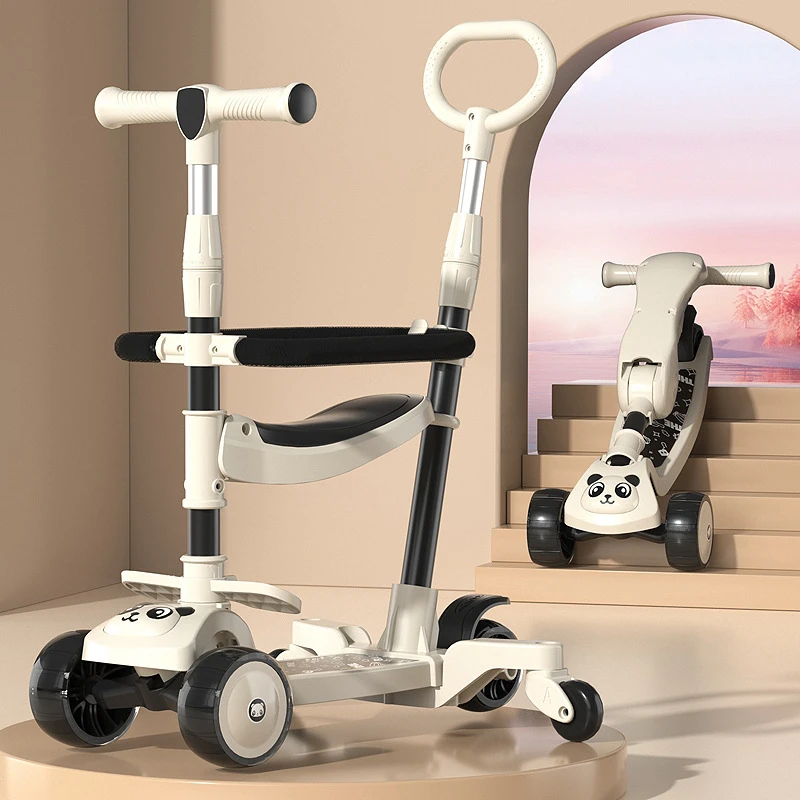Tips for Helping Kids Learn to Balance on a Bicycle Effectively and Safely
How to Teach a Kid to Balance on a Bike
Teaching a child to balance on a bike is an exciting milestone that can foster independence, confidence, and a love for physical activity. It may seem daunting initially, but with patience, encouragement, and the right techniques, your child will be riding a bike in no time. Here’s a comprehensive guide on how to teach your kid to balance on a bike effectively.
Choosing the Right Bike
Before you begin, ensuring that your child has the right bike is crucial. The bike should fit them well; they should be able to sit on the saddle with their feet flat on the ground. A bike that is too big can make balancing difficult and lead to frustration. Consider using a balance bike for smaller children; these bikes have no pedals and allow kids to focus solely on balancing. If your child is ready for a traditional bike, ensure it’s lightweight and manageable for them.
Finding the Ideal Location
Select a safe and open space for your training sessions. An empty parking lot, a quiet park, or a flat field are excellent choices, as they provide enough room for your child to practice without obstacles. Make sure the area is free of traffic and hazards, allowing your child to focus on learning how to balance.
Encouragement and Safety Gear
Before starting, ensure that your child wears appropriate safety gear, including a well-fitted helmet, knee pads, and elbow pads. Safety gear helps prevent injuries and provides a sense of security for the child. Encourage your child by highlighting that learning to ride a bike is a fun activity, and remind them that everyone falls at some point but that getting back up is part of the process.
Starting with Balance
Begin with teaching your child the fundamental skill of balance. Have them sit on the bike while keeping their feet on the ground. Encourage them to walk the bike forward, getting a feel for the weight and steering. Once they can do this comfortably, have them practice lifting their feet off the ground for short periods while still walking. Gradually, encourage them to glide by pushing off the ground with their feet and allowing the bike to roll.
how to teach a kid to balance on a bike

Introducing Pedaling
When your child is comfortable gliding with their feet off the ground, it’s time to introduce pedaling. Position them on the bike and teach them how to put one foot on a pedal while using the other foot to push off the ground. Once they gain enough momentum, encourage them to place the other foot on the pedal. The key here is to emphasize the importance of pedaling continuously; a consistent motion will help maintain balance.
Steering and Turning
As your child gains confidence in balancing and pedaling, introduce steering. Show them how turning the handlebars slightly in the direction they wish to go helps maintain balance. Encourage them to practice gentle turns and curves while moving forward, gradually increasing their rate of speed. Remind them to look ahead rather than down at the ground; looking ahead helps maintain a straight path and improves balance.
Practice, Practice, Practice
Repetition is critical in mastering bike riding. Schedule regular practice sessions, keeping them fun and stress-free. Celebrate small successes; whether it’s balancing for a few more seconds or completing a full lap, recognition boosts their confidence. If your child becomes frustrated or tired, it’s essential to take breaks and return to it when they’re ready. Every child learns at their own pace, so patience is vital.
The Final Push
Once your child has mastered balancing, pedaling, and steering, it’s time for them to ride on their own. You can provide a gentle push while they start pedaling, but gradually allow them to go without support. For added reassurance, consider using a rope attached to the back of the bike to help guide them without holding the bike.
Conclusion
Teaching your child how to balance on a bike can be an immensely rewarding experience for both of you. By choosing the right bike, creating a safe environment, emphasizing safety, and incorporating practice and encouragement, you can equip your child with the necessary skills to ride confidently. Remember to celebrate their achievements, no matter how small, and most importantly, instill a love for biking that could last a lifetime. Happy riding!
-
Baby Balance Bike OEM Service – Kids No-Pedal, LightweightNewsNov.10,2025
-
OEM Kids Bike Children Bicycle – Cheap Wholesale BicyclesNewsNov.10,2025
-
Kids Bike New Model 12–18 inch Boys & Girls Bike, AdjustableNewsNov.10,2025
-
China Cheap Price Safe Kids Bike for 10yo w/ Training WheelsNewsNov.10,2025
-
China CE-Certified Kids Balance Bike, Guaranteed QualityNewsNov.10,2025
-
Colorful Outdoor Flashing Carton Children Scooter for KidsNewsNov.10,2025
-
Best Price Kids Balance Bike – Superior Quality, No PedalsNewsNov.10,2025








